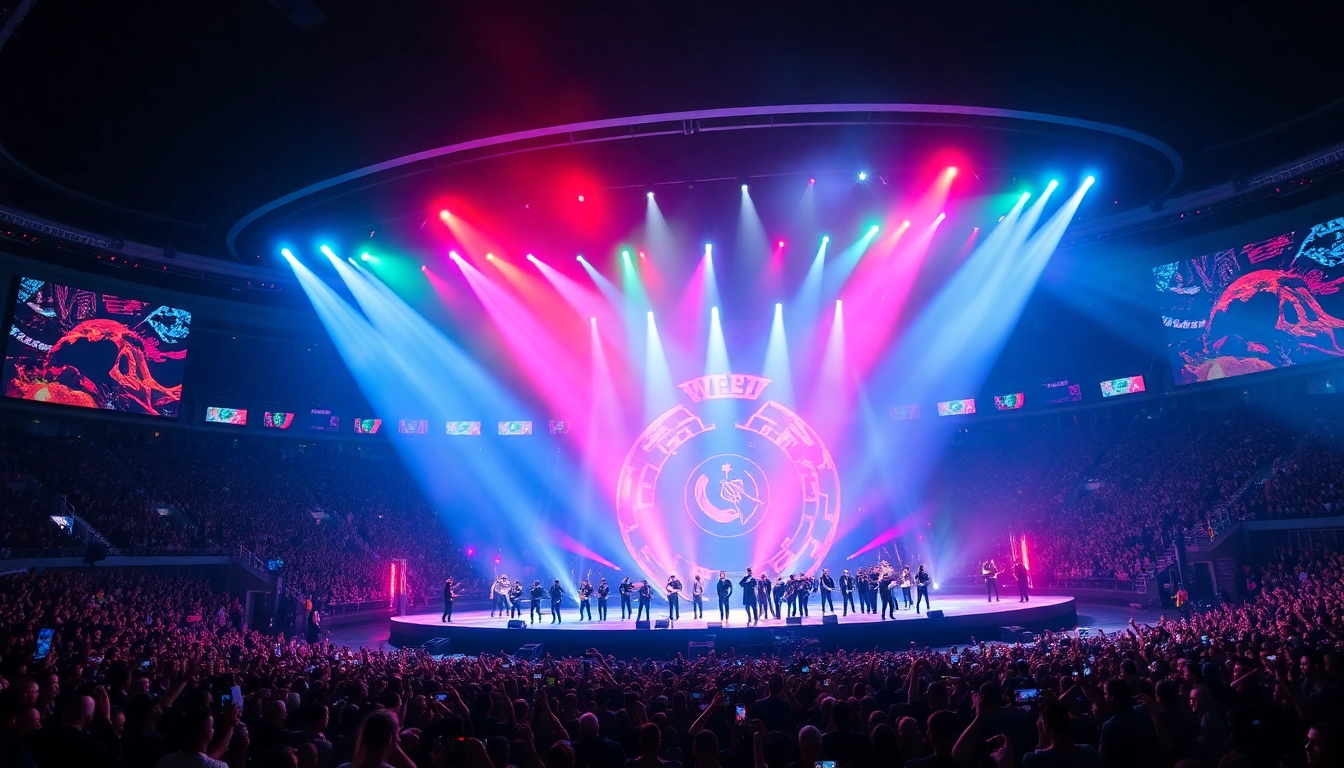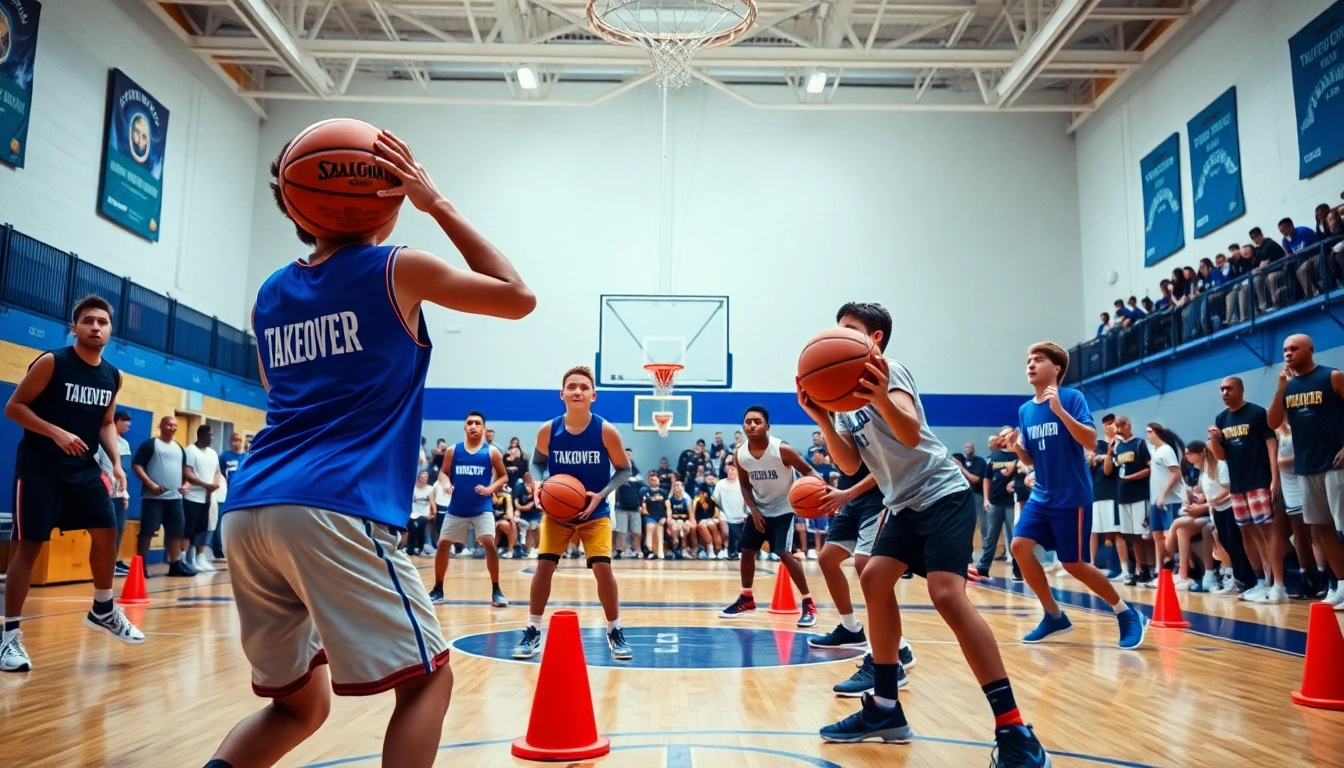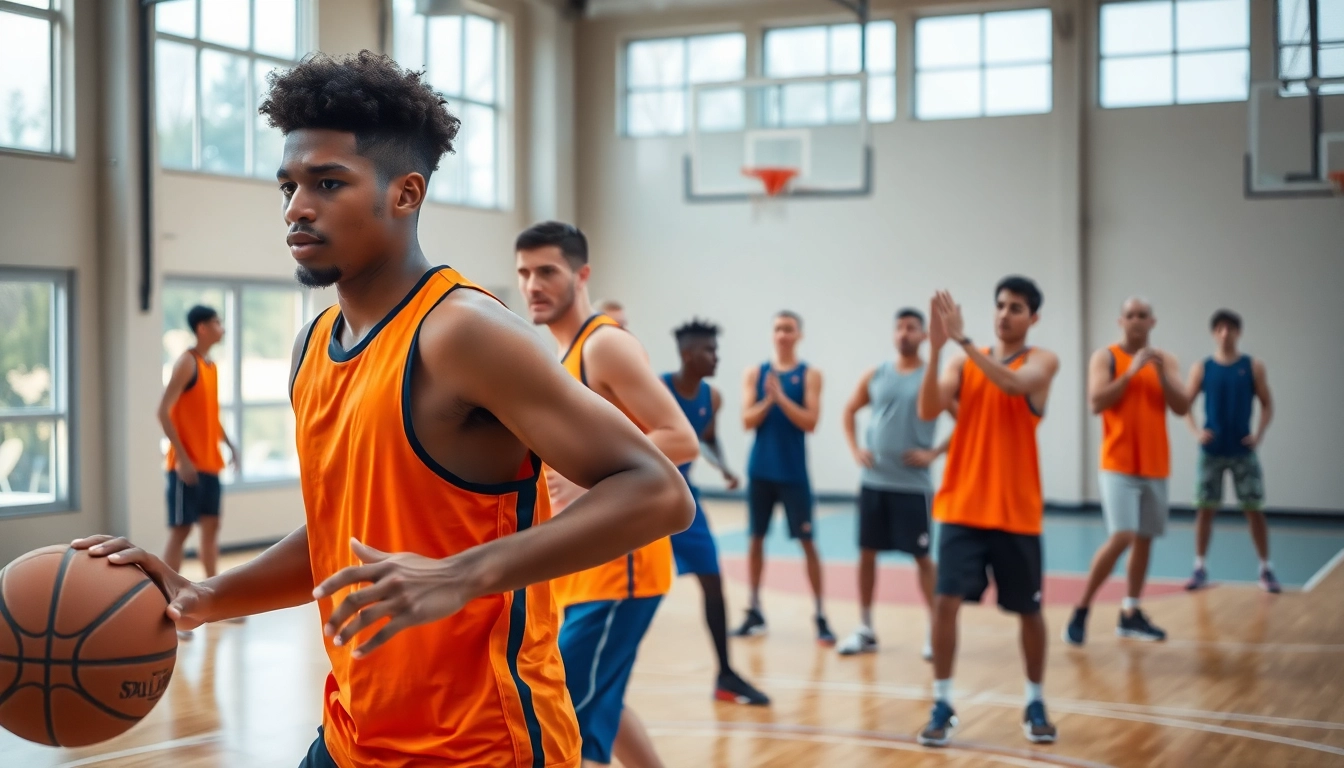Understanding the Significance of Halftime Shows
Halftime shows are more than a mere intermission during a sporting event; they represent a cultural phenomenon where music, entertainment, and sport converge. Halftime performances, particularly during events like the Super Bowl, command massive audiences and have significant cultural impacts. Understanding the evolution, significance, and effects of halftime shows provides insight into their role in modern entertainment.
The Historical Context of Halftime
Traditionally, halftime began as a time for bands to play and for stadium maintenance. The history of halftime shows evolves significantly, particularly in American football, where the Super Bowl established halftime shows as high-profile musical events. The first Super Bowl halftime show in 1967 featured the University of Arizona band, which was a far cry from today’s extravagant productions featuring global superstars.
Evolution of Halftime Entertainment
The transition to high-energy performances began in the late 1990s. In 1993, Michael Jackson’s show is attributed as a turning point that set the stage for spectacular solo performances, followed by iconic acts like Prince and Beyoncé. Today, halftime shows incorporate advanced technology, elaborate sets, and intricate choreography, reflecting the evolution of performance art and audience expectations.
Major Cultural Impacts of Halftime Events
Halftime events shape and reflect cultural trends, acting as a mirror to societal values over the years. From the empowerment themes in Beyoncé’s halftime performance to the celebration of diversity seen in recent years with multi-act performances, these shows often spark conversations beyond sports. They can influence music popular culture and set the stage for social commentary, breathing life into movements and advocacy relevant to society.
Top Halftime Performances in Super Bowl History
Revisiting Iconic Halftime Acts
Several performances stand out in Super Bowl history. Michael Jackson’s 1993 show not only broke records in viewership but also elevated the halftime show to a platform for social change. Beyoncé’s 2016 performance highlighted a mix of powerful storytelling and political messages, influencing the audience’s perception of the event far beyond mere entertainment. Other notable acts include Shakira and Jennifer Lopez in 2020, which celebrated Latin culture and showcased female empowerment.
Memorable Moments That Shaped Conversations
Memorable moments from halftime shows often transcend their immediate entertainment value. For instance, the performance by Prince during Super Bowl XLI in 2007, where he performed “Purple Rain” in the rain, became iconic for its emotional potency. Such moments invigorate discussions about music, art, and cultural appropriateness, leading many to reevaluate the messages conveyed during these performances.
Analysis of Audience Reception Over the Years
The public’s reception of halftime shows has consistently evolved, influenced by changing music trends and cultural norms. Viewership ratings reflect this shift; as new generations embrace diversity in performers, performances featuring a variety of styles and genres are received more warmly. Engaging fan interaction through social media has transformed how audiences participate, creating real-time feedback loops during performances.
Behind the Scenes: What Goes into a Halftime Show?
Preparation and Rehearsal Processes
Halftime shows require meticulous planning and rehearsal. The production teams spend months strategizing everything from choreography to audience engagement strategies. Rehearsal schedules are tightly packed, often occupying vital preparation time leading up to the Super Bowl. Performers practice relentlessly as the stakes are significantly high, given the global audience watching live.
Collaboration Between Artists and Production Teams
Collaboration is essential for a successful halftime show. Artists liaise closely with production teams to conceptualize visuals, sound, and stage design. They must marry their artistic vision with logistics—ensuring that camera angles enhance performances, sound quality matches expectations, and visual elements do not overshadow musicality.
Technology and Innovation in Halftime Shows
Technology plays a crucial role in modern halftime performances. From complex audio systems to high-definition visuals and unparalleled stage mechanics, innovation enhances the overall experience. Recent advancements, such as AI-generated graphics and augmented reality components, further intensify viewer engagement, reshaping how audiences experience performances.
The Role of Media in Halftime Highlights
Television Ratings and Media Coverage Analysis
Television ratings for halftime shows often rival the sports events themselves, with millions tuning in specifically for performances. Media coverage extends beyond traditional broadcasting, with live updates on social media platforms multiplying the scope of reach. Analysts often evaluate these viewership metrics to assess the success of each show, its impact, and its historical relevance within the broader cultural landscape.
Impact of Social Media on Halftime Moments
Social media has fundamentally transformed how halftime shows are perceived and discussed. Platforms like Twitter, Instagram, and TikTok now serve as instant channels for audience reactions, allowing performances to trend globally in real-time. Memes, gifs, and clips generated and shared by fans propagate highlights, creating lasting impressions that contribute to a performance’s legacy far beyond the live airing.
How Storytelling Enhances Halftime Narratives
Today’s halftime shows are not merely performances but storytelling platforms. The integration of narrative elements allows artists to connect deeply with audiences, presenting themes that resonate on personal, societal, and cultural levels. For instance, performances that incorporate elements of social justice or personal struggles can spur discussions long after the musicians leave the stage.
Future of Halftime Entertainment
Emerging Trends in Performance Art
The future of halftime entertainment seems poised for unforgettable change. With rising trends toward inclusivity and representation, we can expect to see a broader array of artists and genres showcased. Innovations such as holographic performances or virtual reality experiences might also redefine how audiences engage with halftime shows, elevating them from mere intermissions to immersive experiences.
Fan Engagement in Future Halftime Shows
Future halftime shows may also delve deeper into fan engagement strategies. As technology continues to evolve, interactive experiences become increasingly feasible. Concepts such as live voting for setlists or real-time interaction through apps could enhance participation and create a unique connect that traditional performances lack.
Predictions for Upcoming Super Bowl Performances
Looking ahead, predictions suggest an increasing emphasis on diversity and collaboration as a hallmark of halftime shows. With the Super Bowl rapidly evolving into a stage for social commentary, performances may unravel bold themes reflecting societal challenges. Collaborations between differing musical genres may yield exciting crossovers, offering audiences a broader musical spectrum and dynamic showcases of artistry.



